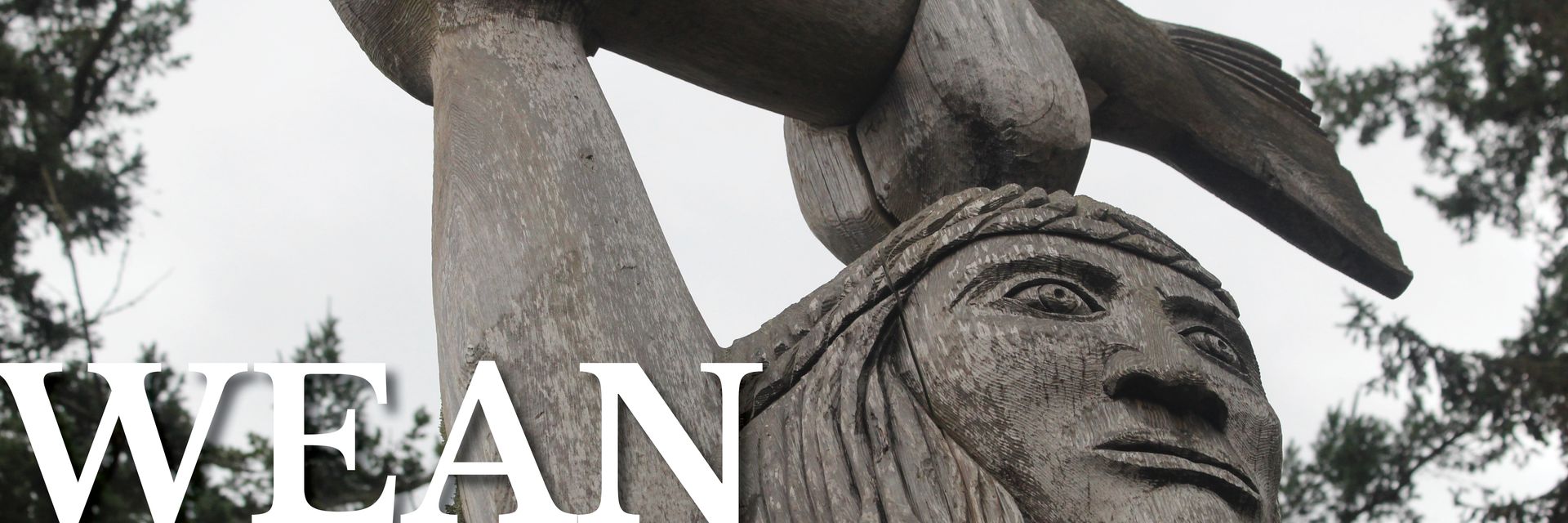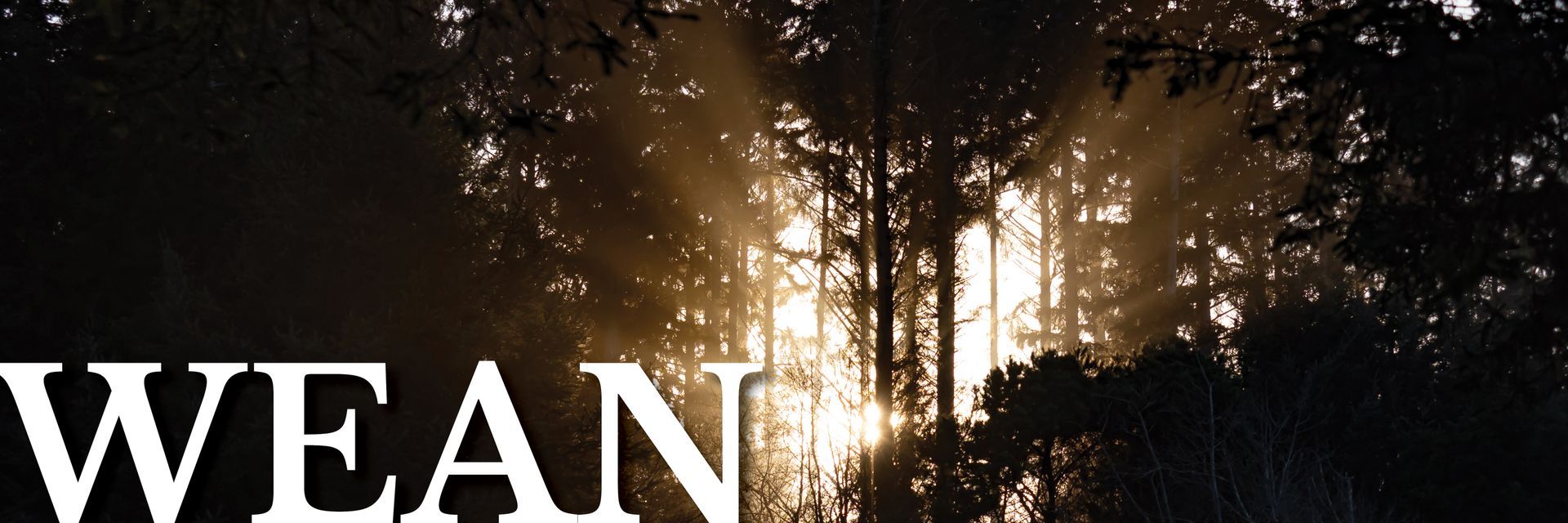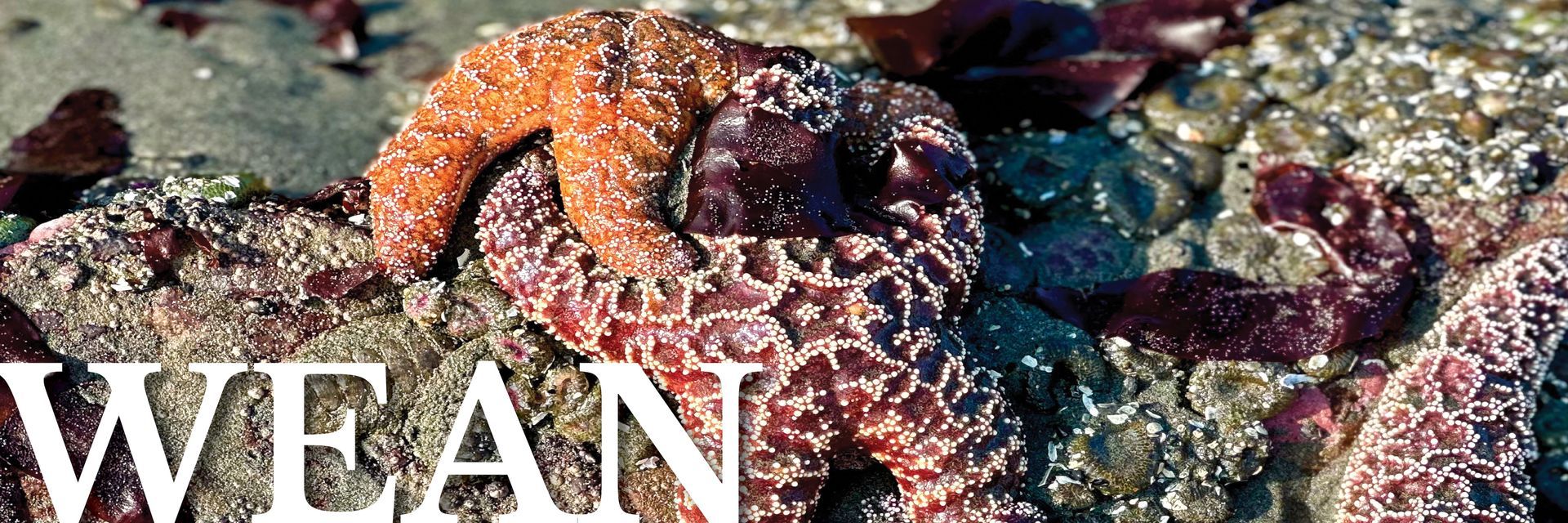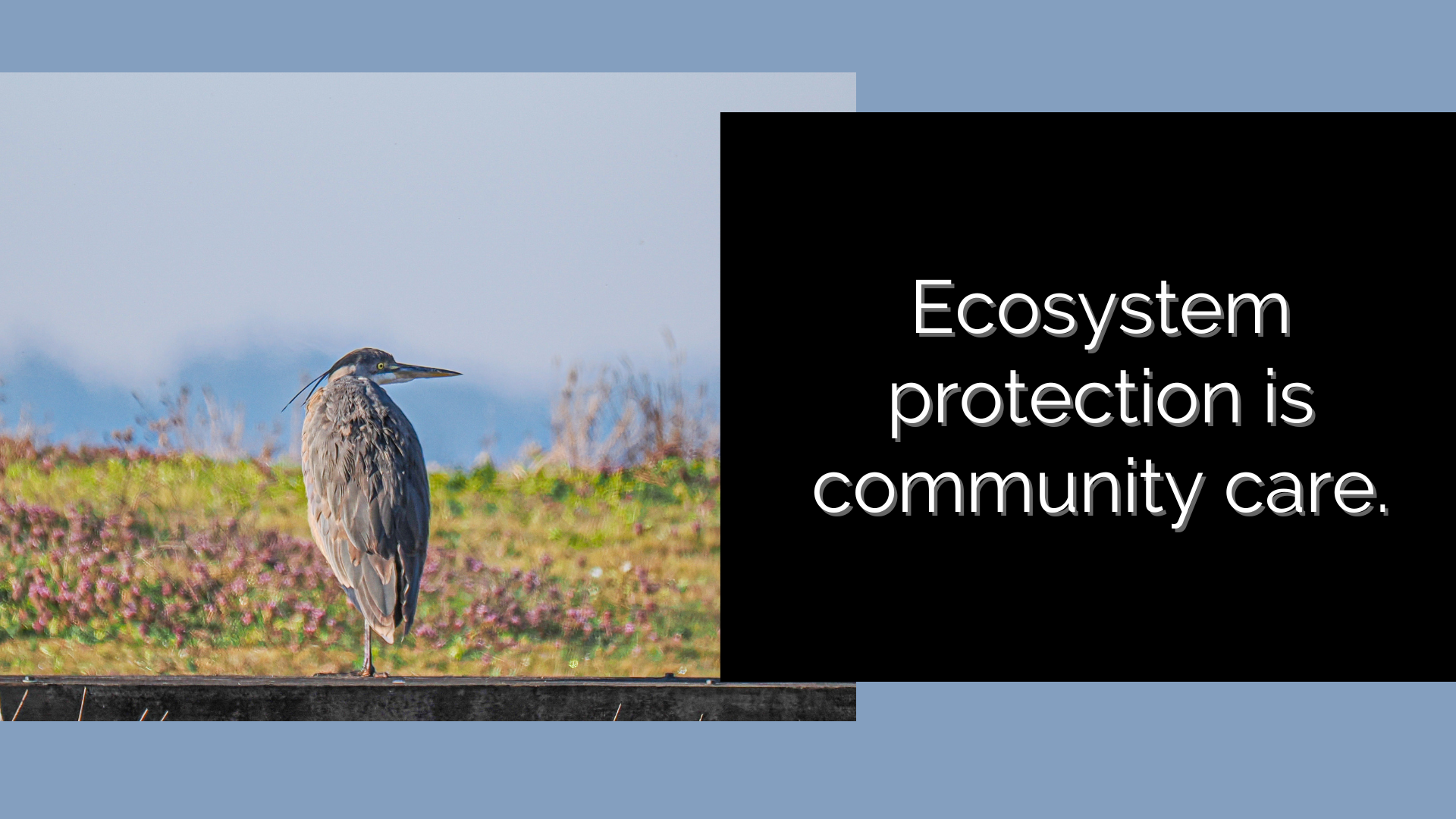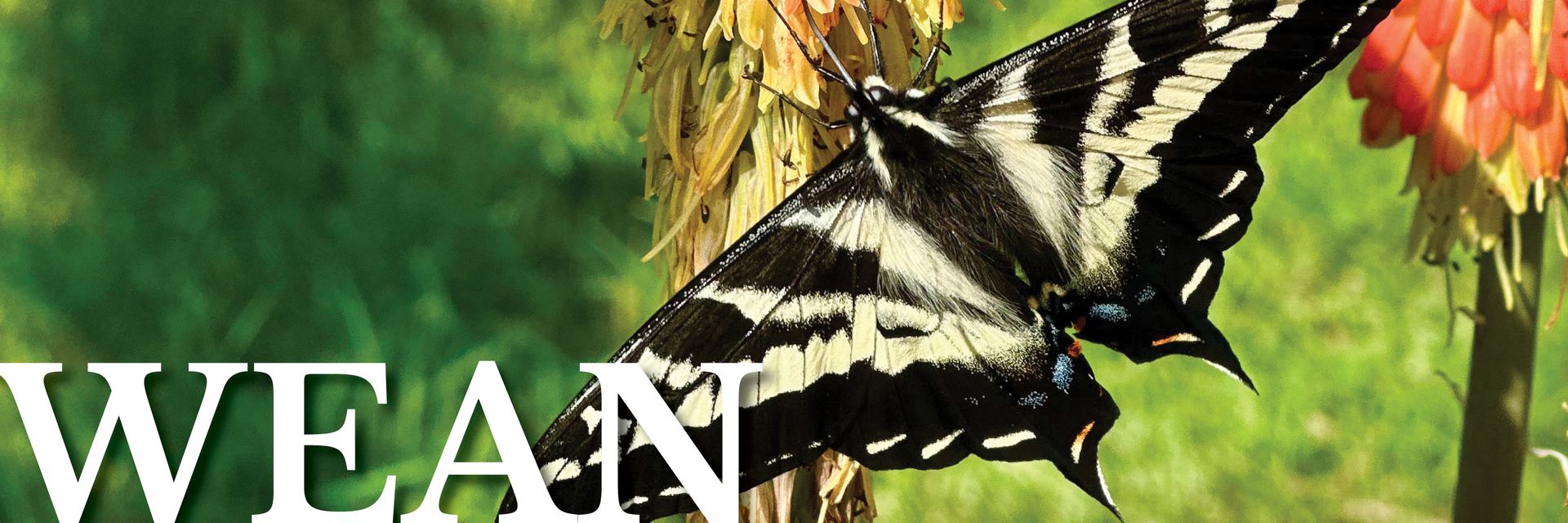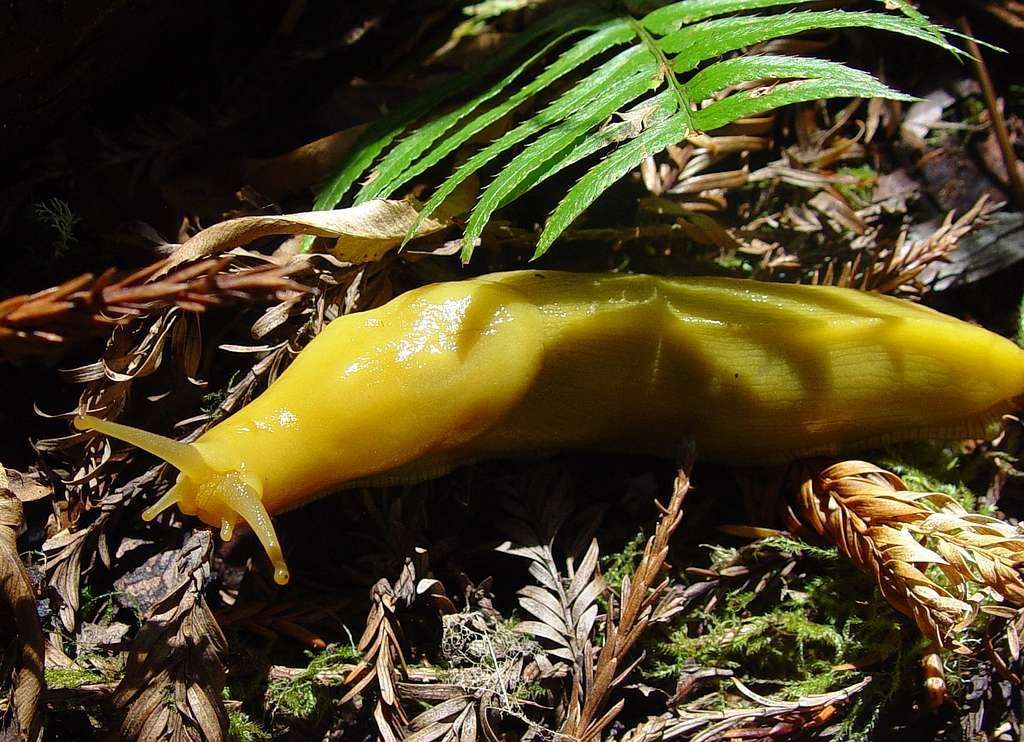How To Effectively Get Rid
Of Scotch Broom
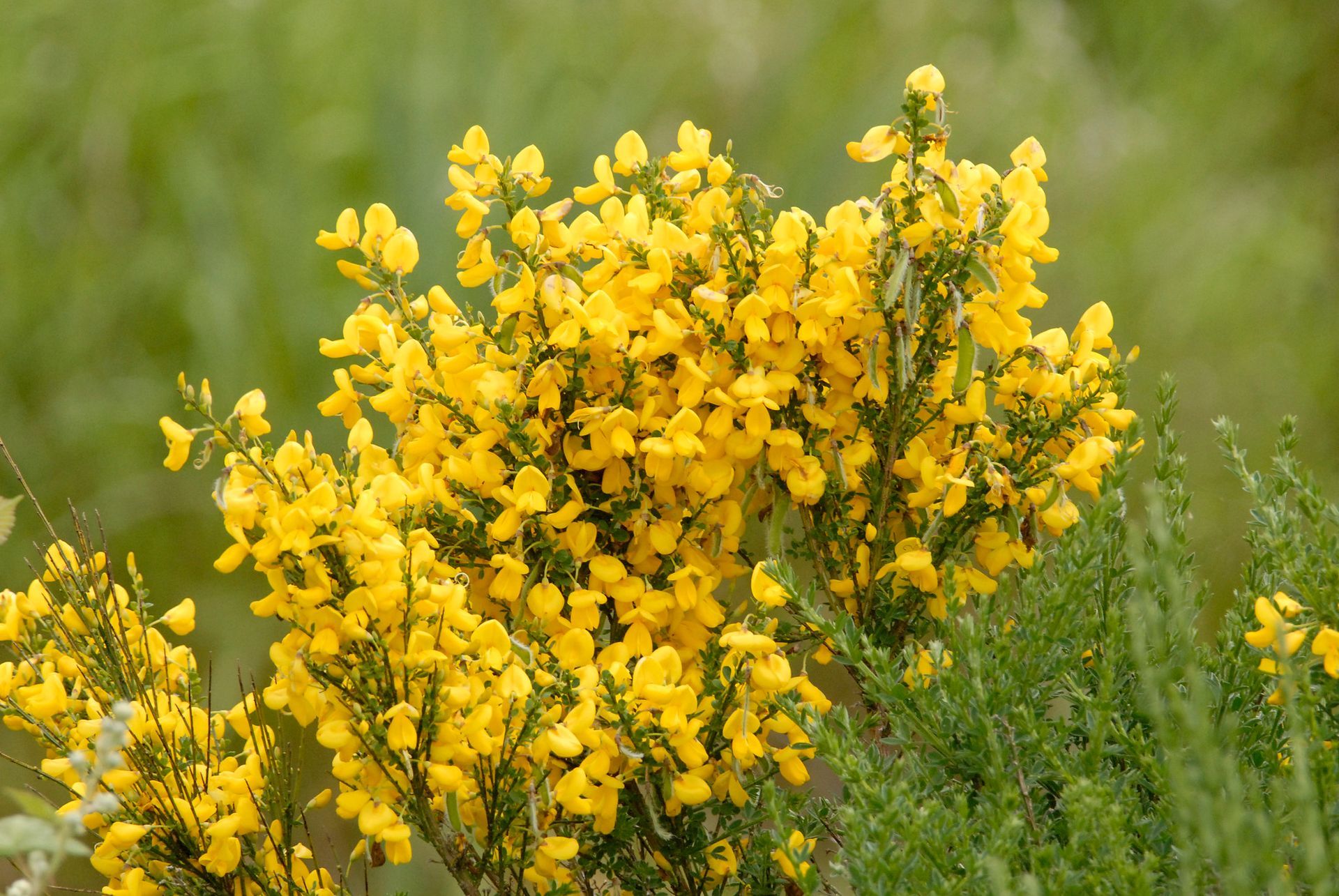
By Steve Erickson
Ah, spring, when the golden blossoms of Scotch broom make people's heads turn, noticing how it's all over the place and seems to be still spreading. Yes, it is still spreading. And now, when the ground is still wet, is the time to rip it out of the ground using that miraculous phenomenon of the lever!
Which brings up a long-recurring discussion: is it better to pull, cut, or burn Scotch broom? Just why is this plant so hard to get rid of?
Cutting Scotch broom may not kill it.
Cutting Scotch broom is reported to be variably effective, with mortality rates ranging from less than 10% to about 90%. Generally, cutting is most effective when 1) done late in the summer during maximum drought stress, not necessarily when everyone is fired up because the plants are in bloom; and 2) the stem is cut at or below at or below the root crown, in other words, ground level.
So, if you are going to seriously attack a stand of Scotch Broom by cutting, you are going to destroy loppers, saws, and brush cutter blades by using them in the dirt. If you cut the main stem higher up, it is probably going to resprout with multiple stems and make the regrowing stand that much denser. So, while most mowing and cutting efforts may prevent seed production for a few years, the results are primarily cosmetic.
Next time you're driving up the highway north of Coupeville by the Kettles, look to the east towards the gravel pit. Notice the young bushy Scotch broom. Mowing has created a treadmill requiring repeated mowing. It hasn't eliminated the Scotch broom, but it has killed off the native Lupines that also used to occur there.
Scotch broom creates an amazingly dense and long-lived soil seed bank.
When you look at a stand of Scotch broom you are not looking at all of the plants. Most are present as seeds in the soil. Scotch broom can begin producing seed when 2-3 years old. Mature plants can typically produce 7,000-10,000 seeds per year. Scotch broom soil seed banks have been measured with up to about 700 seeds per square foot. Like many other members of the Fabaceae family, Scotch broom has seed pods that "explode" as they dry, shooting the seed many feet away. I've measured native Lupines shooting their seed over 25 feet and I expect that Scotch broom is similar.
So, when you see a stand of Scotch broom imagine it being at least 25 feet larger all the way around. And the seeds are long-lived. Nobody really knows how long they can remain viable, but there are published estimates of 80 years. "Scarification" encourages seed germination; that is, the hard seed coat must become permeable to water for the other germination processes to occur. Seeds have remained viable when heated to 270°F for one minute. This suggests some adaptation to fire-dependent ecosystems.
So, what do we do? A programmatic, multi-year approach is required.
Every year, spring comes, Scotch broom's flowers make it obvious, and people get determined to do something. But given the long-lived seed bank, a programmatic multi-year approach is needed. That's a fancy way of saying that if you and your friends take on controlling Scotch broom somewhere, be prepared to come back to that site every year for a very long time.
Now, a real county-wide program mapping Scotch broom, locating new infestations, tracking and coordinating control efforts, and monitoring treated sites would be great, but would require dedicated long-term funding.
So, how to proceed if you want to "adopt" a Scotch broom patch?
- Be prepared to come back every year for 5 years, then every other year for the rest of your life. Remember: Many hands make light(er) work and keep it going over the long term.
- Time your chosen method for maximum effectiveness. If you are going to have an Scotch broom "pull" with weed wrenches, or a tractor or backhoe with a thumb (recommended for large infestations), do it in the winter or spring when the ground is wet. They come out way easier. If you are going to cut Scotch broom, whether with hand tools or brush cutters, do it in late summer. Yes, I know no one notices Scotch broom then, but make the most out of your effort. And if you want to be maximally effective, cut at or below ground level, even though you'll be destroying tool blades.
- Address the seed bank. This is where most of the plants are. There are two philosophies about this. One is that disturbance should be minimized to minimize the germination of new seedlings. The other is to encourage germination so the maximum number of seedlings can be eliminated and the soil seed bank can be reduced as rapidly as possible, while people are still paying attention. I fall into the latter philosophical camp. Some seeds will germinate even without disturbance, so repeated follow-up treatment will still be needed every year. Germination can be encouraged by mechanical disturbance, such as light surface tilling, or a "cool" burn when the summer burn ban is lifted after the first fall rain, or in spring before the burn ban comes back into effect.
- If you want to use fire, use common sense and educate yourself about it. Don't burn near forests, shrub patches, or structures. Mow and lay a "wet line" down around the edge of the proposed burn area. Only burn where water is available, such as where a hose can reach. Only burn small patches at a time. Dress appropriately, wearing leather gloves and boots. Coordinate with the local fire department. They may be interested in using the burn for training, though, if everything goes right, it will be boring with a lot of standing around. Early fall and spring field fires have low fuel loads and move slowly. Be aware that using fire is not part of our culture, and we have to learn how to do this. It will be essential for inhabiting western Washington as climate change accelerates.
- Monitor and perform follow-up. The small first-year Scotch broom seedlings can be pulled, cut, mowed, or burned. Expect to repeat the "encouraging germination" step and follow-up treatment of pulling, cutting, mowing, or burning every year until the seed bank is no longer producing new seedlings every year. Then continue monitoring so new plants don't get established, start producing seeds, and you're back where you started.
"Green Broom" performed by The Norfolk Broads
Borrow A Weed Wrench From Us
WEAN has weed wrenches made for pulling up Scotch broom and other woody weeds. If you'd like to borrow a weed wrench, please email us at engage@whidbeyenvironment.org to fill out a rental form and schedule a pickup from our office at the Bayview Cash Store.
Note: If you borrowed a weed wrench in the past and it's still sitting in the shed corner, we'd love to have it back. Email us to arrange a drop-off.
Learn More
Cytisus Scoparius, C. Striatus. In: Fire Effects Information System from US Department of Agriculture, Forest Service, Rocky Mountain Research Station, Fire Sciences Laboratory

